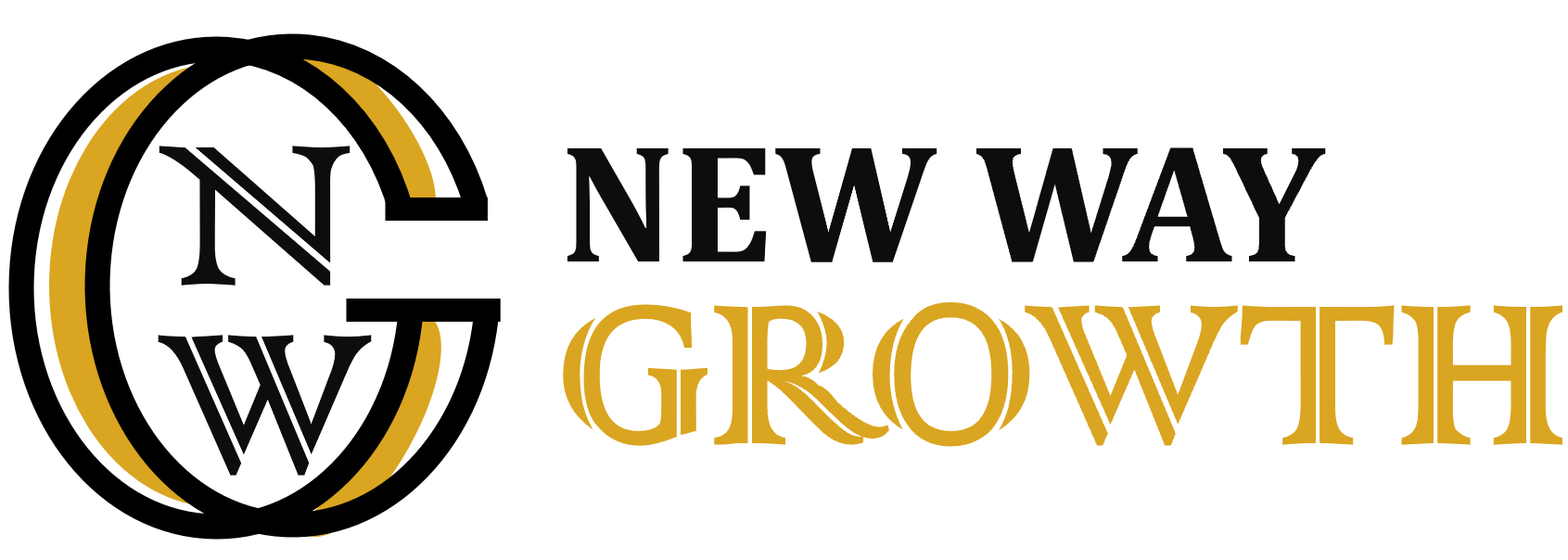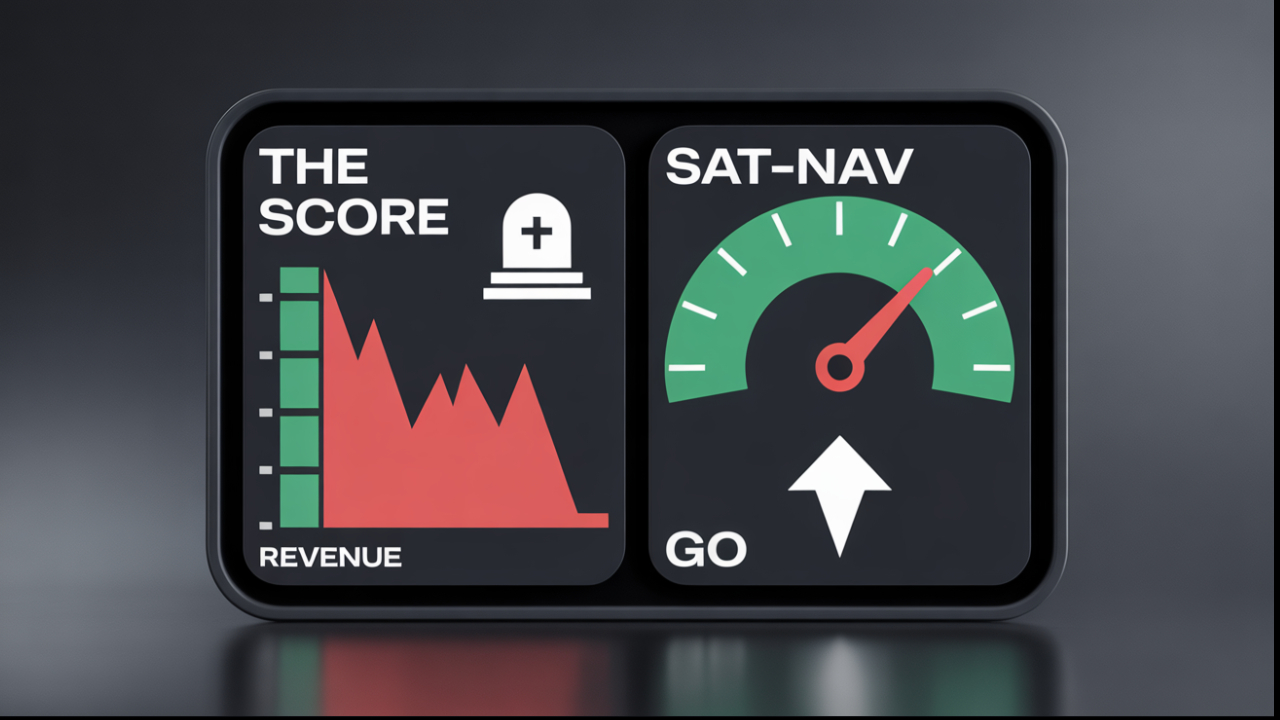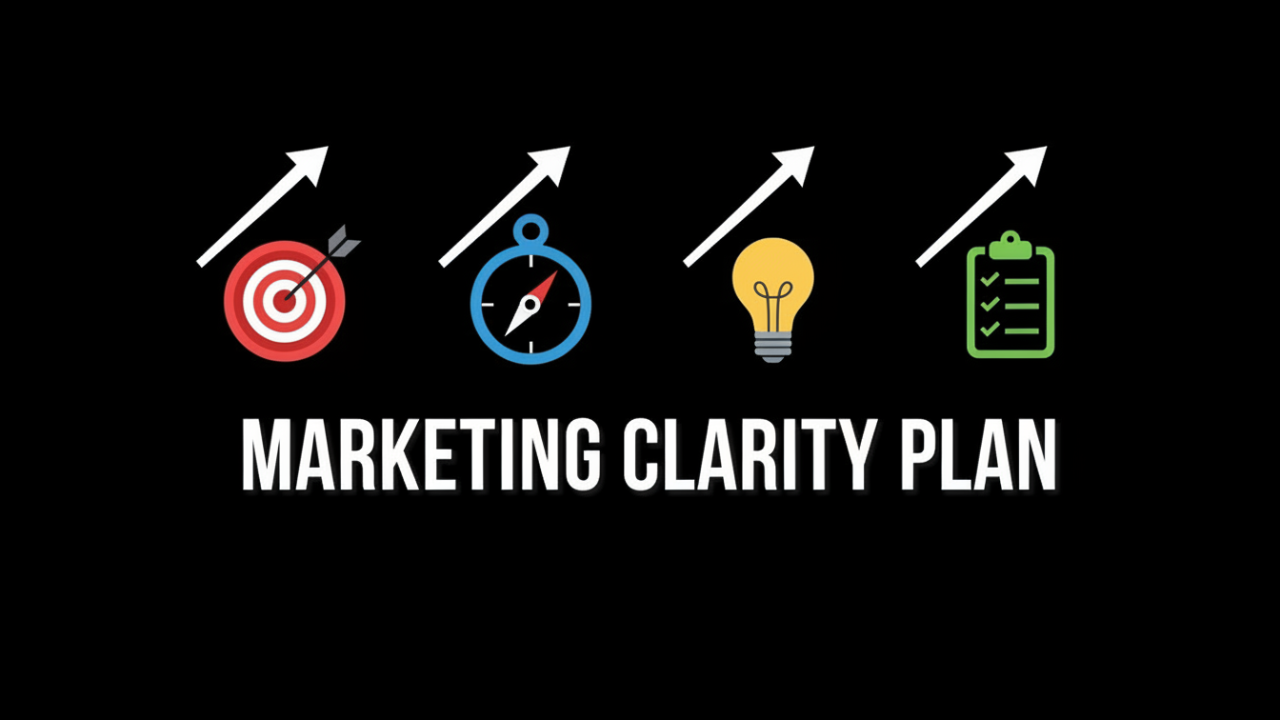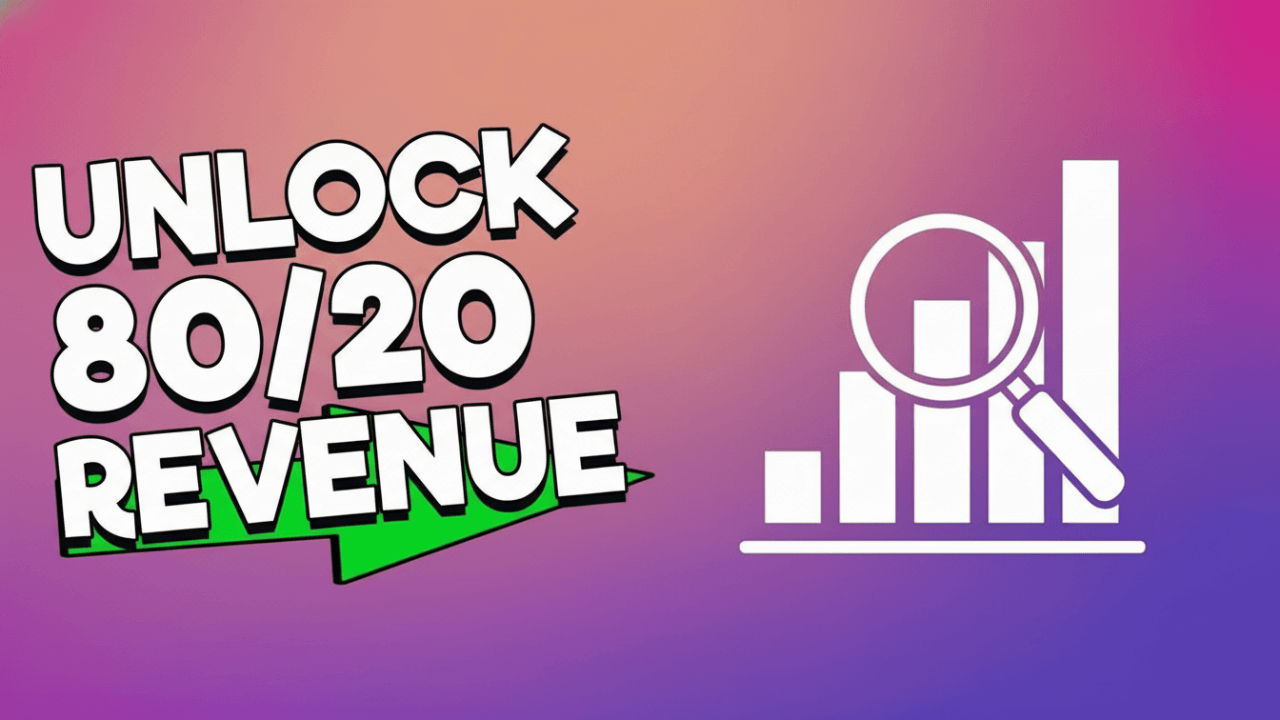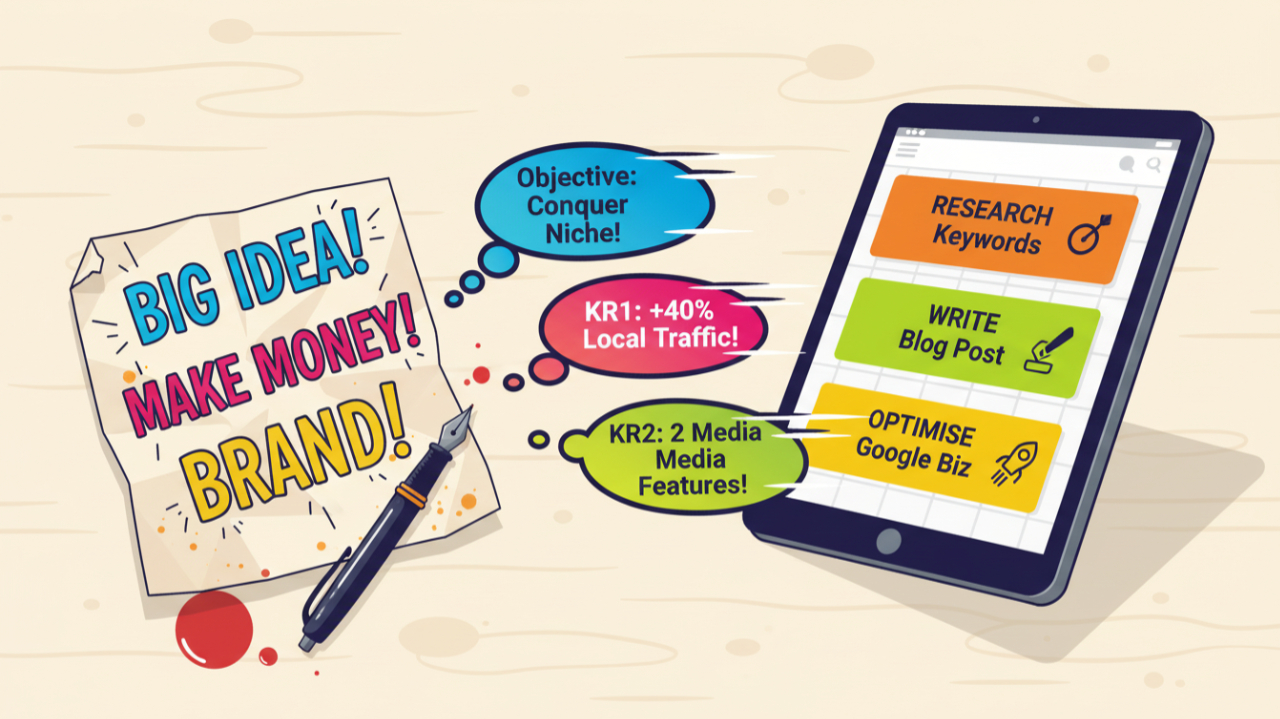Cash-Flow, Not Profit, Is the Measure of Business Success
There's no doubt about it – making profit is an important part of running a business. But many entrepreneurs get so fixated on numbers that they lose sight of the bigger picture. As you grow and scale your business, remember this simple statement: cash-flow, not profit, is the measure of business success.
Why is Cash-flow Important?
Cash-flow is your company's ability to pay bills and debts on time and is critical for survival—and it can be even more important for
growth. Some businesses need initial capital to get them off the ground, but most small businesses require ongoing cash flow to keep things moving forward.
If your cash flow is good, it means you have plenty of money coming in and going out. If this balance isn't right, however, it can lead to problems with your finances, including:
- Having to borrow money to keep the business running (and paying interest rates on that loan)
- Not having enough capital to make investments in growth opportunities
What is a Cash-Flow Forecast?
Cash flow forecasts are critical to the success of any business. They help you manage your cash and ensure adequate working capital.
It’s is an important tool for managing your company's liquidity and financial health. It can help you make better business decisions, such as whether to accept a new order or pay back a loan.
Cash-flow forecasting helps identify potential problems before they arise, which allows you to take action before it's too late. Having a forecast in place also provides peace of mind that the money will be there when you need it, allowing you to focus on growing your business and not worrying about finances.
A cash-flow forecast is a statement of expected cash inflows and outflows over a specified period of time — usually one month or one quarter — as well as an explanation of how those amounts were arrived at using assumptions based on historical data and best guesses about future events in your industry. The difference between inflows and outflows is considered your net cash position at the end of each month or quarter.
- Cash-flow forecasts are typically broken down into three categories: operating activities, investing activities and financing activities.
- Operating activities are the day-to-day expenditures of a business. These include payroll, rent, utilities, office supplies and other expenses that have to be paid regardless of whether or not there's revenue coming in.
- Investing activities include large purchases like buying new equipment, upgrading existing equipment or making improvements to the building itself.
- Financing activities include taking out loans or issuing stock in order to fund operations.
How to calculate Cash-flow?
Calculating cash flow is a three-step process.
First, you must determine how much money comes in each month from sales and other sources of revenue; then, you must figure out how much goes out each month for expenses such as rent, utilities and payroll.
Once you have these figures, subtract expenses from income to calculate cash flow: if income exceeds expenses (positive), there will be a positive cash flow; if expenses exceed income (negative), there will be a negative cash flow; if income equals expenses (zero), there will be zero cash flow.
Should Cash-flow include VAT?
Yes, if you're VAT registered then you need to include VAT in your cash-flow forecast.
So, for example, you would show total gross sales (including VAT) and then each quarter, typically, you would have a cash outflow for the VAT payment to HMRC.
Cash-flow Management Tips
Whether you're just starting out or have been in the game for a while, these tips will help you manage your cash flow.
- Make good use of accounting software
– this is just good management, there are numerous solutions, and all are generally easy to use to keep track of all your finances. I’d recommend having this sorted right at the beginning of your journey.
- Send Invoices Out Immediately
- As soon as you complete a job, send out an invoice. If you wait, your customer might forget about the work they requested or that they even owe you money. You can use this time to your advantage by sending them a reminder to get them to pay up.
- Pay bills electronically
- you can wait until the morning of the day a bill is due to be paid to make payment. This simple practice gives your business more time to collect money and improves your cash flow. You can also use a business credit card as some offer a grace period of up to 21 days, which can do a lot to improve your cash flow.
- Train your customers to pay on time
- train them by sending out reminders with every invoice and making sure they know exactly what their payment options are (i.e., when they should expect their bill). You could even offer small discounts if they pay early!
- Spread out your expenses
over time so that they're more manageable: if you buy all of your supplies at once, then you might have trouble affording everything that's needed at once; by spreading it out over time, however, it'll be easier to budget for each individual expense as well as for the bigger picture overall.
- Reduce your cash outflow
- The number one way to improve your business cash flow is by reducing the amount of money you spend. This can be achieved through a number of different methods, such as: Eliminating unnecessary expenses and subscriptions that you do not use, negotiating with suppliers on price reductions or payment terms (e.g., negotiating with your bank to get a lower interest rate on a loan).
Cash-Flow Summary
Running a business is full of challenges. But one of the biggest is cashflow. It's hard to keep your employees and vendors paid when you don't have enough money in the bank.
But good financial management isn't just about avoiding that problem—it's about setting up your business for long-term success. That means having a
strategic plan
for where you're going, and a tactical plan for how you'll get there.
If you need further support in building a Cash-Flow Forecast then please do get in touch -
message us here!
